|
|
| Sei in: Cinema e Medioevo ® Vampiria. Tutti i film sui vampiri ® I film in ordine alfabetico (1896-oggi) |

Play For Today: Vampires
1979, regia di John Goldschmidt
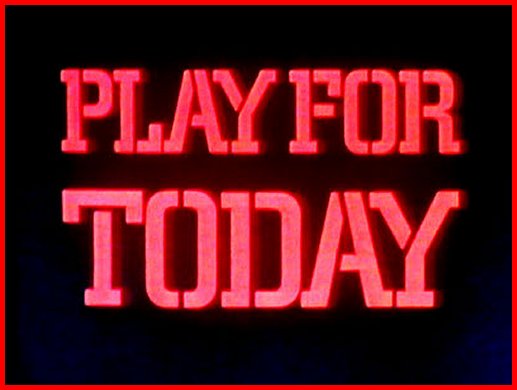
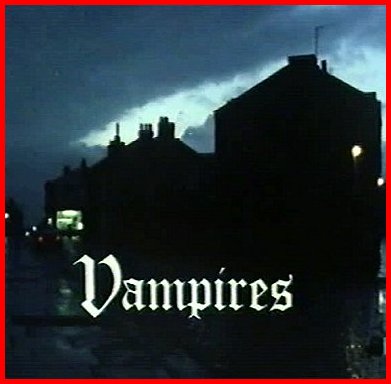
Scheda: Nazione: GB - Produzione: BBC (British Broadcasting Corporation) - Distribuzione: BBC (British Broadcasting Corporation) - Soggetto: Dixie Williams - Sceneggiatura: Dixie Williams - Story editor: Peter Ansorge - Fotografia: Ken Morgan - Montaggio: Mike Hall - Scenografia: Stanley Morris - Musiche: Nick Bicât - Formato: Color, documentario, episodio della serie tv Play for Today - Durata: 50' (70').
Cast:
Peter Moran, Linda
Beckett, Paul Moran, Tommy White, Jimmy Coleman, Bert Edgar, Vera Kelly, Paul
Shane, Terri Griffin, Christine Moore, Margot Boyd, George Malpas, Phil Kernot,
Gerard Riley, Janet Bond, John G. Heller.
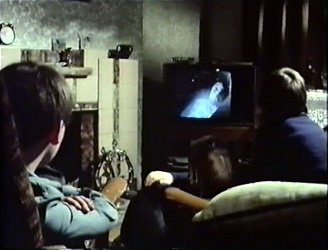
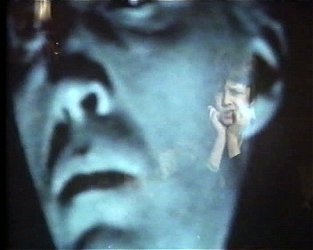
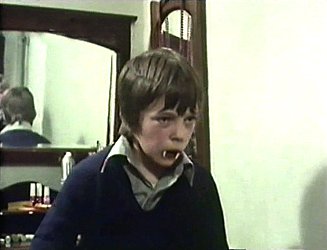
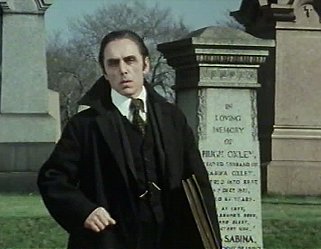
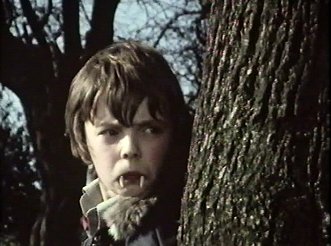
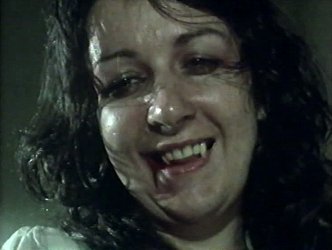
![]() Plot Summary, Synopsis, Review:
IMDb -
taliesinttlg.blogspot.it -
ovguide.com -
whatson.bfi.org.uk -
tvcream.co.uk -
horrorpedia.com:
«Vampires is a 1979 made-for-television play, broadcast by the BBC as part of
their Play For Today strand. Concerning the obsessions of two school boys
who suspect their neighbourhood is inhabited by a real vampire, the play was
directed by John Goldschmidt who went on to become a celebrated director and
producer of documentaries across Europe and America. Play for Today was a
British television anthology drama series, produced by the BBC and transmitted
on BBC1 from 1970 to 1984. During the run, more than three hundred programmes,
featuring original television plays and adaptations of stage plays and novels,
were transmitted. The individual episodes were between fifty and a hundred
minutes in duration. 1979 saw the broadcast of Vampires, one of the best
remembered episodes. With mum away for a night with her new boyfriend, young
siblings Stu and Davey (real-life brothers, Peter and Paul Moran) and their
friend, Dingo, develop something of an obsession with vampires, after viewing
Christopher Lee in
Dracula,
Prince of Darkness on late-night TV in 1970’s Liverpool.
When Dingo goes home, Stu winds up his younger brother by pretending to be under
the influence of the Count. As he struggles to get to sleep, the sound of the
inebriated elders returning home acts as a strange counterpoint to the world of
suspense they have pretended to be in.
Plot Summary, Synopsis, Review:
IMDb -
taliesinttlg.blogspot.it -
ovguide.com -
whatson.bfi.org.uk -
tvcream.co.uk -
horrorpedia.com:
«Vampires is a 1979 made-for-television play, broadcast by the BBC as part of
their Play For Today strand. Concerning the obsessions of two school boys
who suspect their neighbourhood is inhabited by a real vampire, the play was
directed by John Goldschmidt who went on to become a celebrated director and
producer of documentaries across Europe and America. Play for Today was a
British television anthology drama series, produced by the BBC and transmitted
on BBC1 from 1970 to 1984. During the run, more than three hundred programmes,
featuring original television plays and adaptations of stage plays and novels,
were transmitted. The individual episodes were between fifty and a hundred
minutes in duration. 1979 saw the broadcast of Vampires, one of the best
remembered episodes. With mum away for a night with her new boyfriend, young
siblings Stu and Davey (real-life brothers, Peter and Paul Moran) and their
friend, Dingo, develop something of an obsession with vampires, after viewing
Christopher Lee in
Dracula,
Prince of Darkness on late-night TV in 1970’s Liverpool.
When Dingo goes home, Stu winds up his younger brother by pretending to be under
the influence of the Count. As he struggles to get to sleep, the sound of the
inebriated elders returning home acts as a strange counterpoint to the world of
suspense they have pretended to be in.
The next day, the brothers get into some scrapes whilst attempting to spend their dinner money (£1!) on sweets at the local shop – when this falls flat, they elect to bunk off school, only to be rumbled by Dingo’s big brother who is cruising around in his impressively 1970’s wreck of a car. Stu remains determined to avoid school and takes himself off to see one of his mum’s old flames, ‘Uncle’ Georgie (the most famous actor in the piece, comedy titan, Paul Shane from Hi-De-Hi and many other middle-of-the-road BBC vehicles) who gives him pocket money in a scene which is oddly touching yet almost cruelly sad. The joke shop seems a fitting place to spend his newly found wealth and he purchases a pair of plastic fangs from a man you really wouldn’t want your child giving money to. Spending the rest of the day playing at being the undead in the park, he returns home to apply ‘blood’ to his face to top off the effect. Also arriving home are Davy and Dingo (who is clearly a bad influence!) who tell him they saw a vampire in the local cemetery earlier and they should go back to check immediately. Return visits to the graveyard confirm that, yes, there is indeed a vampire at large, as what else could a tall old, mute man dressed in black (second most famous face in the play, character actor John G. Heller – also in Clint Eastwood vehicle Kelly’s Heroes) possibly be doing there? The following day, their teacher has a heart attack and dies at school assembly (how I wished this happened, back in the day) and the boys tell their younger, interim tutor that this is doubtless down to the diabolical influence of the local vampire. It is also mentioned that Stu has dreamed of his father who is buried there, another tell-tale sign of supernatural goings-on. The teacher nods in the disturbed manner. The pair rope their friends in to hunt down the vampire before he can cause any more havoc, a charade which predictably ends in farce, the planning and organisation sadly lacking and the local coppers chasing them off in all directions. Back home, the boys reflect of the bizarre events of recent days and how they could possibly be wrong…but who’s that at the door..?
Filmed in a flat, unremarkable way in the flat, unremarkable (apart from the football club) area between Stanley Park and Liverpool FC’s football ground, this is stellar television, all the more remarkable due to the lack of professional actors on display, the majority never appearing in a production again. A play which hints at much but discloses little, the picture of a working class family and their mother’s passion for drink and a habit of failed relationships is all too real, a no-frills glimpse at lives which never promise much and require any means of escapism to make tolerable. Whether any vampires are present seems immaterial – there are far more frightening things out in the big bad world. The huge Victorian school building will have you choking on the clouds of chalk dust, the transition of old-school teaching and new, less conservative methods heralding in a world of new opportunities, evidently no more than the reflection in puddles suggested by the rest of the film. A fun and entirely well-judged school boy chat about the differences between horror and science fiction should probably become the given dictionary definition and the whole thing is wrapped up in the even more eye-popping real-life incident concerning the ‘Gorbals Vampire’» (Daz Lawrence).
Episodio 11 della serie 9 della trasmissione tv della BBC Play for Today.